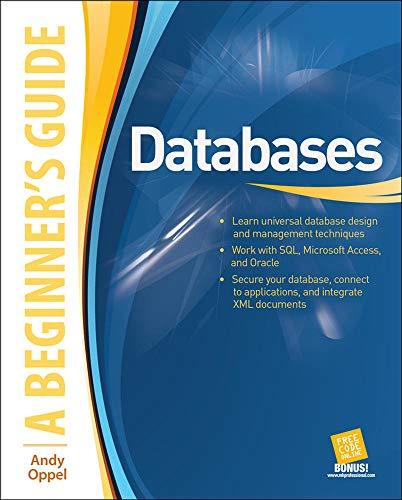Answered step by step
Verified Expert Solution
Question
1 Approved Answer
5 . 1 5 . Duality between Gaussian broadcast and multiple access channels. Consider the following Gaussian BC and Gaussian MAC: Gaussian BC: Y _
Duality between Gaussian broadcast and multiple access channels. Consider the following Gaussian BC and Gaussian MAC: Gaussian BC: YgxZ and YgxZ where ZN and Z N Assume average power constraint P on x Gaussian MAC: YgxgxZ where ZN Assume the average sumpower constraint in ximximnPmmin:nRtimes :nRa Characterize the privatemessage capacity regions of these two channels in terms of Pgg and power allocation parameter alpha inb Show that the two capacity regions are equal. c Show that every point RR on the boundary of the capacity region of the above Gaussian MAC is achievable using random coding and successive can cellation decoding. That is time sharing is not needed in this case. d Argue that the sequence of codes that achieves the rate pairs RR on the boundary of the Gaussian MAC capacity region can be used to achieve the same point on the capacity region of the above Gaussian BC Remark: This result is a special case of a general duality result between the Gauss ian vector BC and MAC presented in Chapter
Step by Step Solution
There are 3 Steps involved in it
Step: 1

Get Instant Access to Expert-Tailored Solutions
See step-by-step solutions with expert insights and AI powered tools for academic success
Step: 2

Step: 3

Ace Your Homework with AI
Get the answers you need in no time with our AI-driven, step-by-step assistance
Get Started


